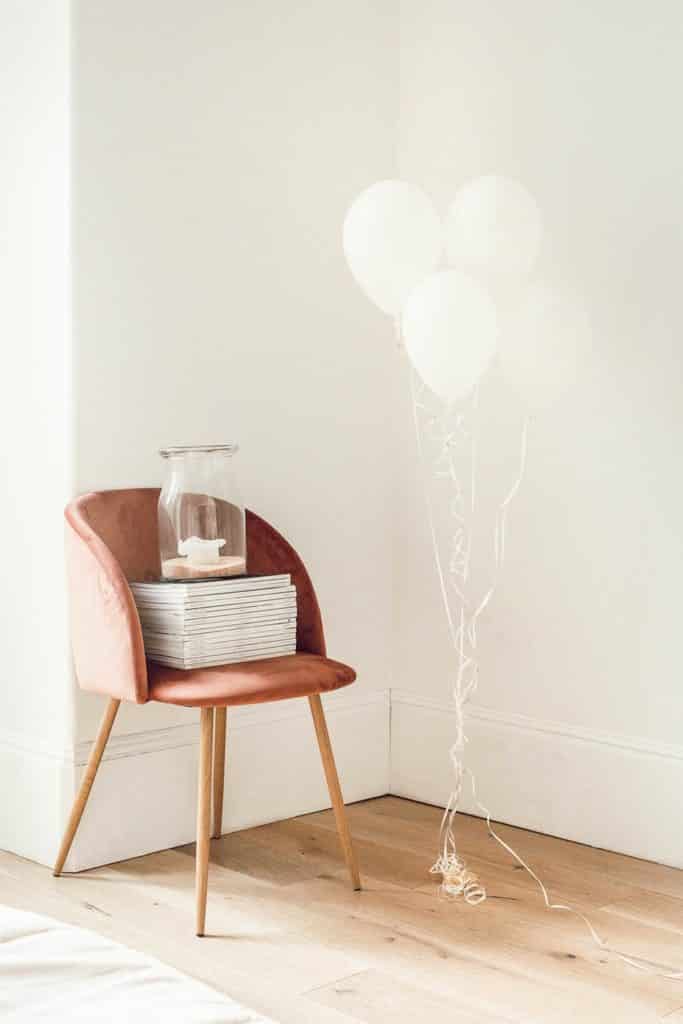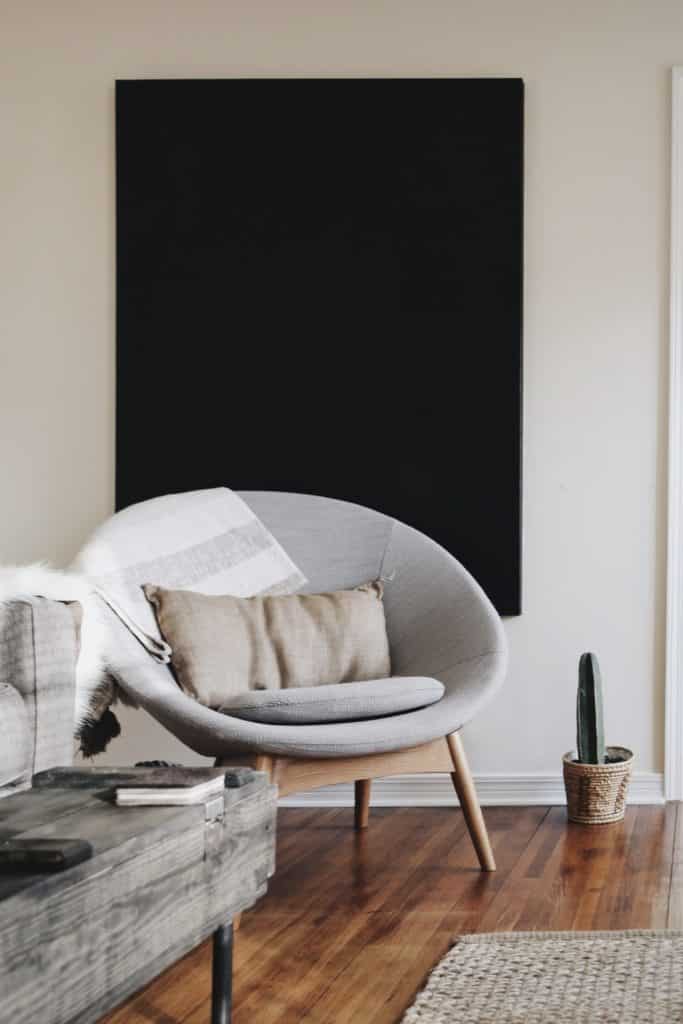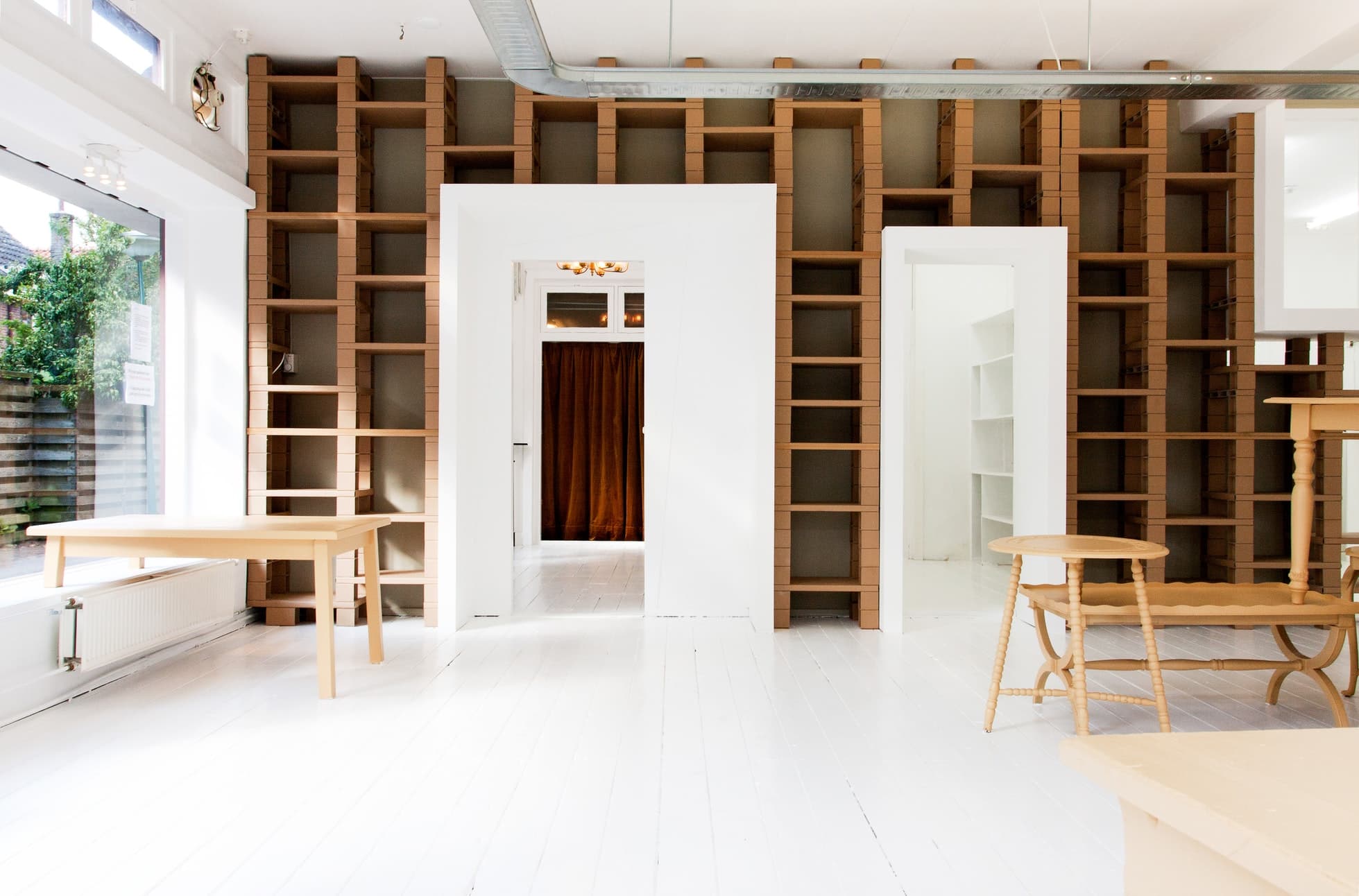You have always wanted to upgrade your home’s look and enhance its value. You’re even sure you want your floor redone in a certain way, but you don‘t know where to begin. You’ve studied the pros and cons of engineered floors and you understand the benefits; cheap installation, ease of use, elegance, etc.
But what more do you know about engineered flooring? Besides leaving a lasting impression on anyone who walks into your home, it achieves a finer look almost similar to traditional solid wood flooring. But what makes engineered wood floors an ideal alternative? What gives them an edge over other floors?
Featured Image via Harprit Bola@studiorla
Engineered Flooring Basics Explained
Where you install engineered wood floors doesn’t matter
Location matters when it comes to installing floors and in particular wooden flooring. You can’t install solid wood floors on an area susceptible to moisture and other damaging factors lest you lessen its lifespan. Yet you can engineered flooring. Why? Because it is shielded in three core layers that keep it free from damage for months on end.
So it doesn’t matter whether you install engineered floors in your basement or anywhere else suitable for them. They will function as needed and for the longest. Also, it takes less time to install as well. In fact, you can do it yourself, engineered floor installation. It takes a click and lock technique, and voila.
However, it is crucial to employ the services of a professional or reputable flooring company for proper floor installation [in case you are unsure of what you are doing].
Materials engineered flooring is made of matters
If you are sure of how you want your floor redone, then the type of materials used on your engineered wood floors matters. These materials are often determined by price and look that a homeowner desires. If, for example, you want a solid wood floor finish, and are comfortable with its price then that’s what will determine the materials used on your engineered flooring to achieve your desired look.
To put it another way, you have the option to choose from a range of materials what materials to use to design the top layer of your engineered wood floors.
How do you maintain this type of floor?
Maintenance of engineered wood floors is easy since the floors are sturdy and long-standing than solid wood floors. So all it takes is routine sweeping and vacuuming, and that’s it. It sparkles!
If you are more interested in deep cleaning these type of floors reach out to the manufacturer for advice on which ideal products to use to achieve your objective.

Image via Liana Mikah@lianamikah
What are the benefits of engineered wood flooring?
If there’s a floor that matches the quality, texture, and material of solid wood is definitely engineered wood flooring. It is the perfect alternative that’s also reasonably priced and eco-friendly, not to mention easy to install. Compared to solid wood flooring, engineered floors are equally easy on the eye, and often bare the resemblance of solid parquet floors which provide a timeless look and feel.
You could say engineered wood floors combine the look and feel of solid wood, but further enhances this look with its ease of use, durable materials, and well-crafted texture.
The downside of solid wood floors is often its response to humidity and high temperature. Weather changes affect wooden floors either through warping or expanding the size of the planks.
Wood floors are consequently susceptible to weather changes yet engineered wood flooring isn’t. Why? It’s crafted in three layers often in a transverse pattern that holds it together to maintain durability and texture. These patterns enhance the splendor that is engineered flooring as they counteract even strengthen any chances of the crafted wood from warping or bending later on.
In other words, engineered wood floors don’t get affected by high temperatures or humidity all the more reason homeowners prefer this type of floor to solid wood floors.
But that’s what the three layers are designed to achieve – strength and durability from changes in humidity and temperature. The layers (made from hardwood) are glued together, and with a finished layer to entirely protect it.

Image via avery klein@averyklein
The three layers that protect engineered wood floors
These layers are considered carefully before gluing them in, together. The solid-wood top layer is often 3mm in width and comes in a range of different grains and colors. So you get to choose which look and feel you want your engineered floors to have.
The second layer (core) is crafted from rubber-wood and sometimes from the same materials that design compact floors. This helps makes installing engineered wood floors a lot easier as this type of floor involves a lot of locking and fitting wooden planks in.
The back and third layer is what maintains the balance of the flooring. It holds the aforesaid layers to enhance its feel when you walk on it. So this calls for a well-crafted dried timber material for it. These three layers provide a natural look to engineered floors further preventing stains, scratches or wear and tear that’s a province for solid wood floors.
Is it right for you?
It all depends on what exactly your needs are, and which part of floor in your home you want to be remodeled. Most engineered floors are often crafted or prefinished for your choosing. So depending on your needs, you get to choose what right fits your needs and budget, too.
If you are planning on installing the flooring yourself say in your basement make sure to choose the ideal flooring that’s suitable for your basement, one with the right surface treatment.
It’s also necessary to consider the cost of the engineered floor and its installation particularly if you will involve an expert to help install it for you.

Image via Outsite Co@outsite
Does this type of flooring hold up for the long-term?
Engineered flooring lasts for decades on end approximately two to three decades at most. Most companies offer lifetime warranties as they are certain this type of flooring has little to no wear.
But you need to care for your wooden engineered floors yourself to improve its longevity. As earlier mentioned, simple mopping and sweeping off dirt helps a great deal in increasing the floors life. What mostly shortens its lifetime is anything that scratches off the finish on the top-tier layer of the floor. That is why it’s vital to use a microfiber cloth for mopping. It’s softer and less likely to scratch off the finish.
In general, engineered wood flooring lets you enjoy the classiness of a real solid hardwood floor. The location to install the floors, and choice of materials to use on them is in your hands – never mind the maintenance and installation of these floors is easy, too.
It is also less prone to weather damages which makes it’s more useful and convenient for homeowners looking for a solid wood look and feel. There’s nothing more you would wish as a homeowner for your flooring needs. Remember: Engineered wood floors can be installed anywhere you’d install solid wood flooring, and some areas in your home that you wouldn’t, so this makes the flooring handier.

Image via Esther Driehaus@estherdr



